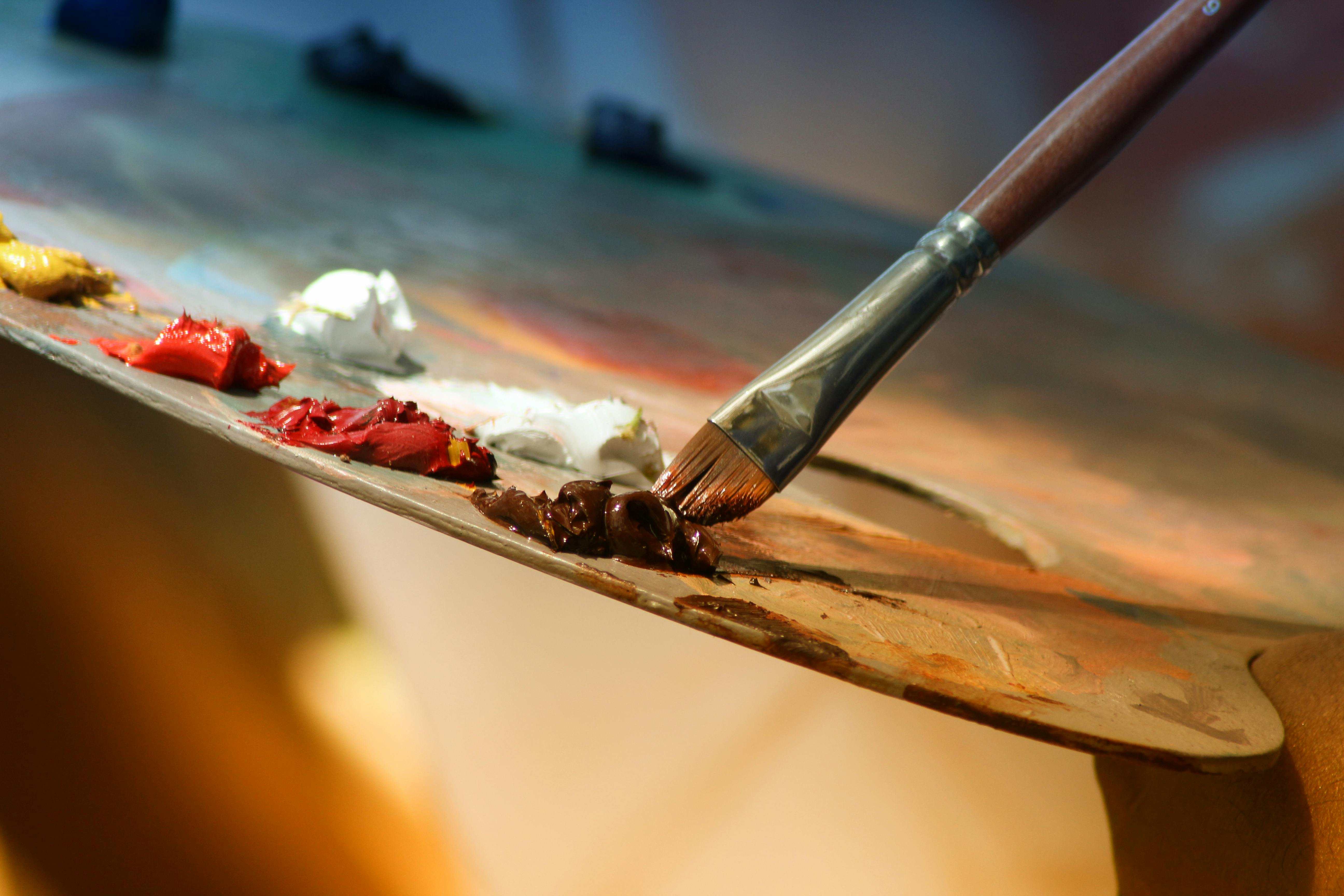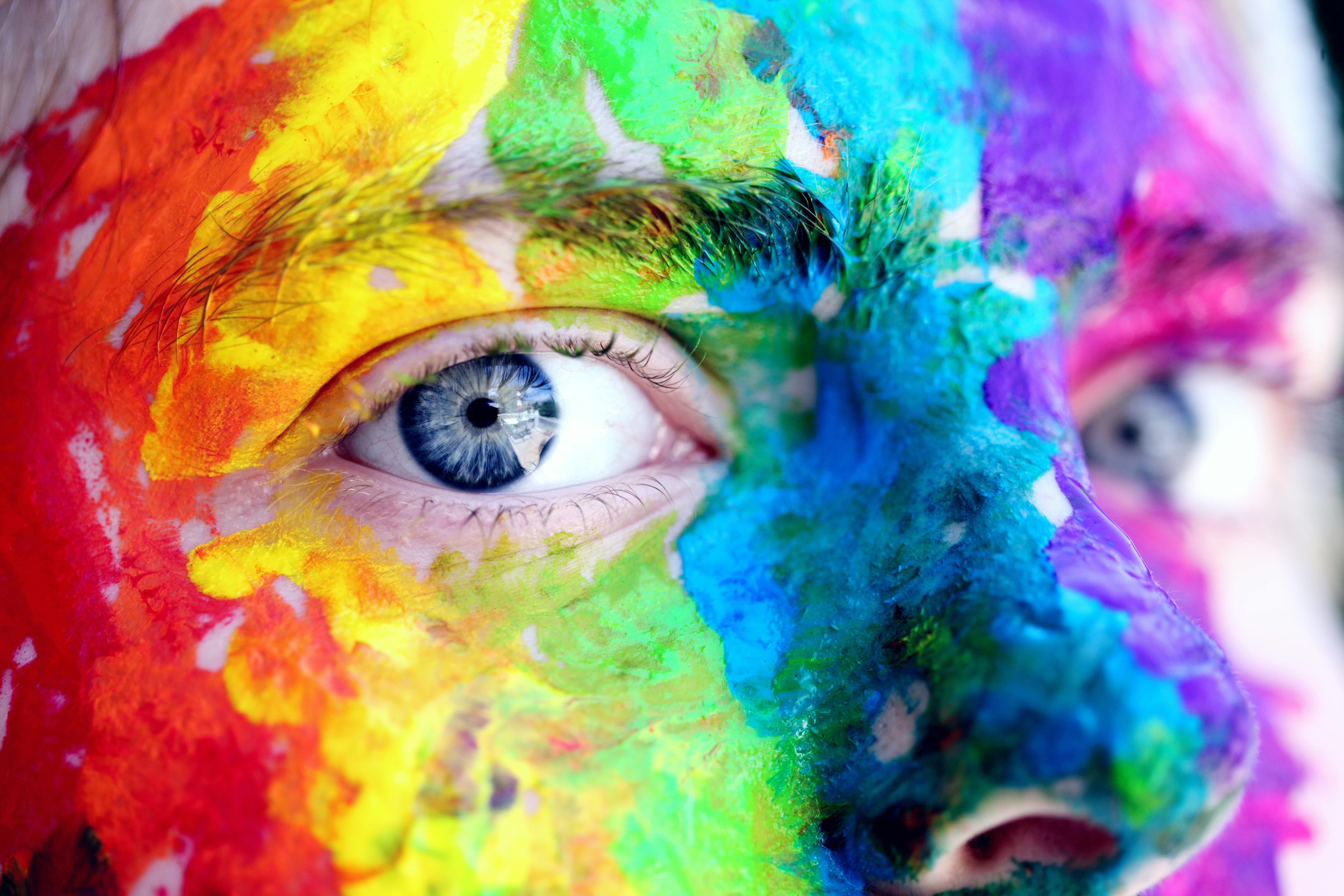Depression is a silent struggle that affects millions around the world, often unnoticed by those closest to the person experiencing it. It’s a curious paradox: something so widespread can remain so quiet, sometimes leaving a neighbor or loved one completely unaware of the turmoil beneath the surface. For many, expressing or even fully understanding the depth of their emotions is an incredibly daunting task, which is why depression can so profoundly cripple individuals. Yet, art has long been a powerful outlet for conveying the feelings that words often cannot. Depression-themed art—whether created by someone enduring it or consumed by those who feel isolated—has become a beacon of solace, offering both a mirror and a means of connection to those seeking understanding.
What is depression art?
Depression art encompasses any form of artistic expression—be it painting, drawing, poetry, music, photography, or even digital creations—that seeks to capture the emotional, mental, or physical experience of depression. This art reflects the profound feelings of sadness, isolation, and emptiness, as well as the overwhelming weight of emotional exhaustion and the complexities of navigating mental health challenges. Whether dark, melancholic, or occasionally even hopeful, depression art resonates deeply because it reflects real experiences—experiences that many people endure but often find difficult to articulate. Through this creative medium, emotions that are otherwise hard to express find a voice, offering a sense of understanding and connection.
The healing power of depressing art

Depression often feels isolating, as though no one else could possibly understand the depth of what you’re going through. Yet art holds a unique power to convey those shared, often unspoken, experiences. Through visuals, words, or sound, artists are able to articulate emotions that might otherwise remain locked inside. For those viewing or engaging with depressing art, it can serve as a form of emotional release—a validation that someone else truly understands their pain. When you encounter a painting that captures the heaviness in your chest or read a poem that mirrors your inner dialogue, it offers a profound reminder: You are not alone. Depression art bridges the gap between your personal struggle and the collective experiences of others, forging a sense of connection.
For many, engaging with depression-themed art feels safer than directly discussing their mental health. Whether viewed in galleries, on social media, or within online communities, this art allows individuals to process their emotions at their own pace. While it’s no substitute for professional support, depression art often sparks a sense of hope. Artists who have channeled their struggles into creative expression show that even from darkness, beauty, meaning, and healing can emerge. In this way, depression art serves not only as a reflection of pain but also as a testament to resilience.
Art forms that capture the essence of depression

Visuals: Paintings, drawings, and digital illustrations often serve as powerful depictions of the emotional landscape of depression. Iconic artists like Van Gogh, with his expressive use of color, and contemporary illustrators on social media, create visuals that are deeply relatable, resonating with anyone who has experienced the weight of mental health struggles.
Poetry: Depression-themed poetry captures the raw vulnerability of mental health challenges in a way that few other media can. Poets such as Sylvia Plath and Rupi Kaur have given voice to the unspoken, articulating feelings many struggle to express. Through their words, they create a sense of solidarity, offering comfort in knowing that these emotions are shared.
Sound: Music, with its haunting melodies and introspective lyrics, provides a profound way to process the complexities of depression. Artists like Billie Eilish, Nick Drake, and classical composers have crafted soundscapes that either soothe, uplift, or validate emotions, allowing listeners to connect with their inner world through song.
Photography: Through light, shadows, and landscapes, photographers often capture the isolation and longing that accompany depression. Black-and-white photography, in particular, evokes a striking emotional response, emphasizing the stark realities of mental health in ways that are universally relatable.
Film: Movies, short films, and animations also explore the theme of depression through storytelling. Films like The Perks of Being a Wallflower and animations such as World of Tomorrow provide poignant portrayals of mental health struggles, connecting audiences to the shared human experience of navigating emotional darkness.
How to leverage depressing art for your mental health

Browse art on platforms like Instagram, Pinterest, or online galleries to find pieces that resonate with your emotions and offer comfort. The beauty of art is that it doesn’t require you to be a professional artist to use it as a tool for healing. Whether you choose to draw, paint, write, or compose music—even simple sketches or freewriting can provide therapeutic release.
Social media platforms such as Reddit, Tumblr, and Instagram host vibrant mental health art communities where you can share your own creations or discover others’ works that may speak to your experience. These spaces foster connection and offer support through shared artistic expression.
You might also seek out art galleries, poetry readings, or live performances focused on mental health themes. Engaging with others who appreciate and understand this type of art can create a sense of belonging and help you feel less isolated in your journey.
Lastly, journaling about how a particular piece of art makes you feel can deepen your understanding of your emotions. It’s a reflective practice that can unlock new insights and promote emotional healing.
In conclusion
Depression often leaves individuals feeling disconnected and unseen, but art has the transformative power to bridge that gap. Depression-themed art—whether created, consumed, or shared—serves as a powerful reminder that you are not alone in your struggles. The pain you feel is valid, shared by others, and deeply understood.
Let art inspired by depression serve as both a source of validation and inspiration. It can connect you to others who understand your experience, and even spark your own creativity. In the universal language of art, we find solace, community, and the courage to keep moving forward. Remember, healing is a journey that takes time, but you don’t have to walk it alone.
Featured image: Chinelle Rojas/iStock
Medical Disclaimer
All content found on the StyleRave.com website, including text, images, audio, video, and other formats is created for informational purposes only. The content is not intended to be a substitute for professional medical advice, diagnosis, or treatment. If you think you may have a medical emergency, please call your doctor, go to the nearest hospital, or call 911 immediately depending on your condition.
For the latest in fashion, lifestyle, and culture, follow us on Instagram @StyleRave_
—Read also



























+ There are no comments
Add yours